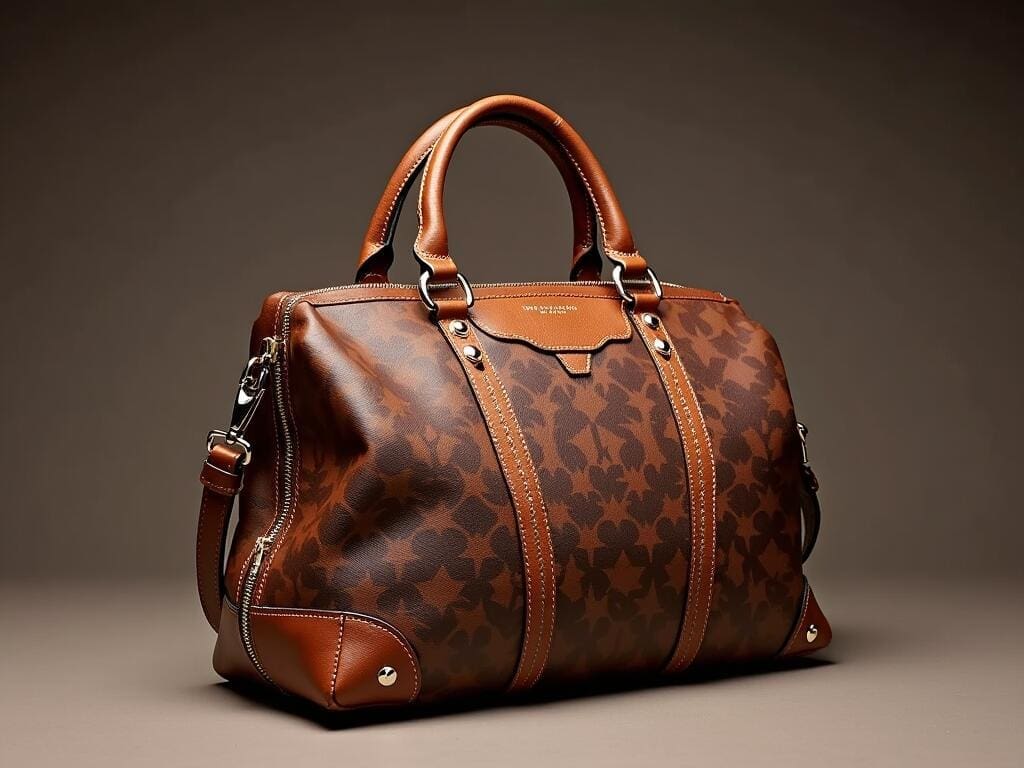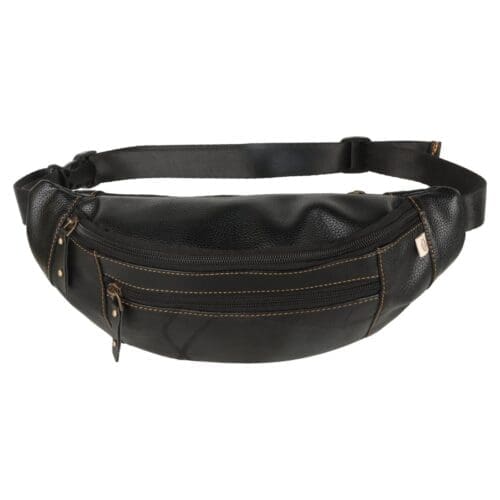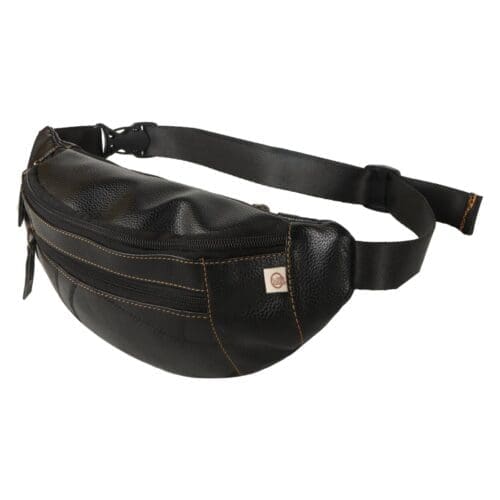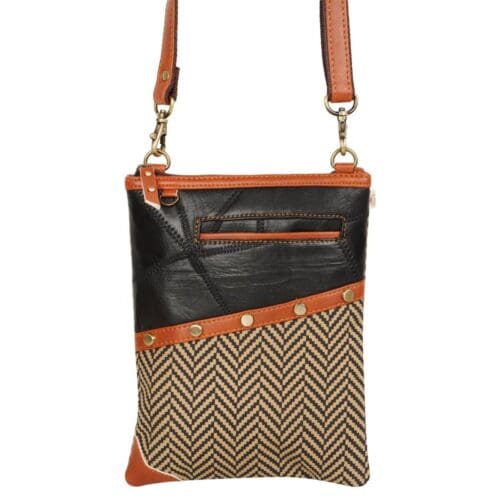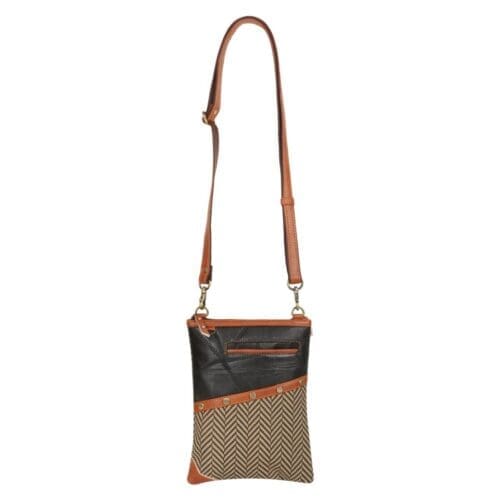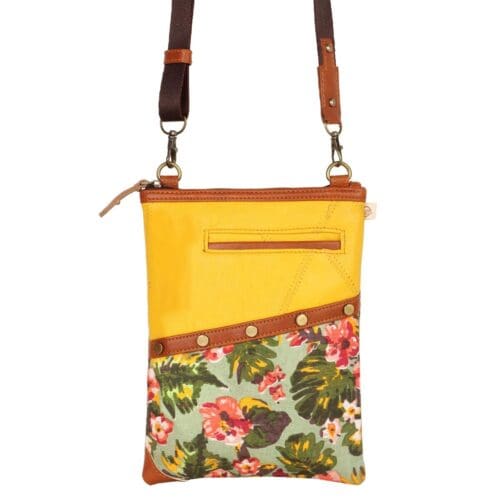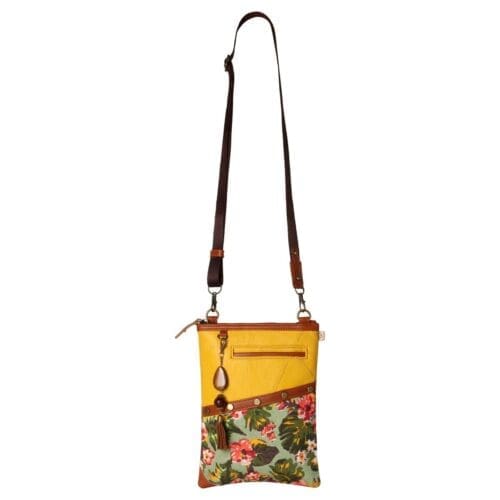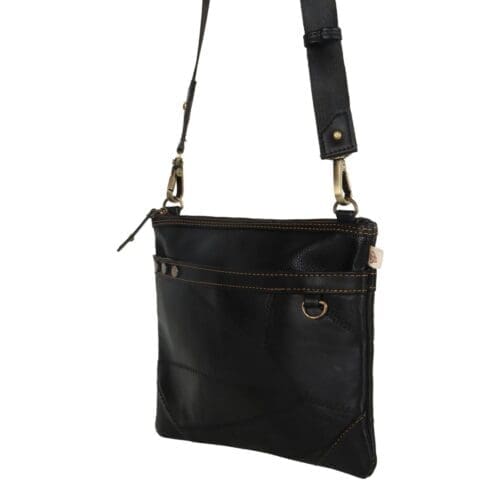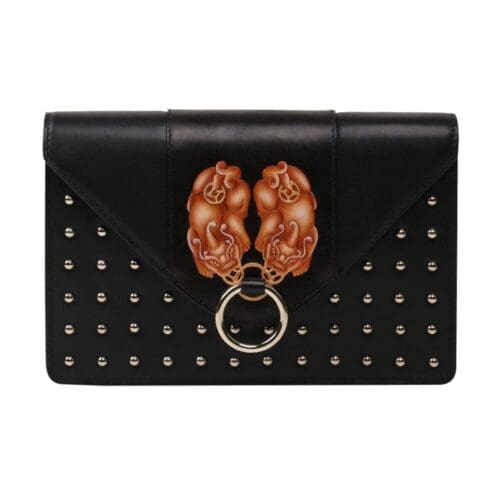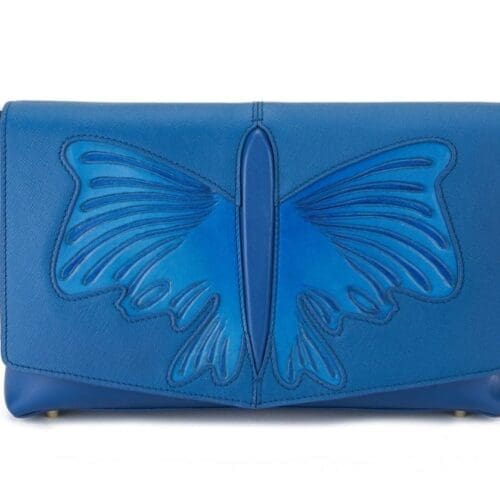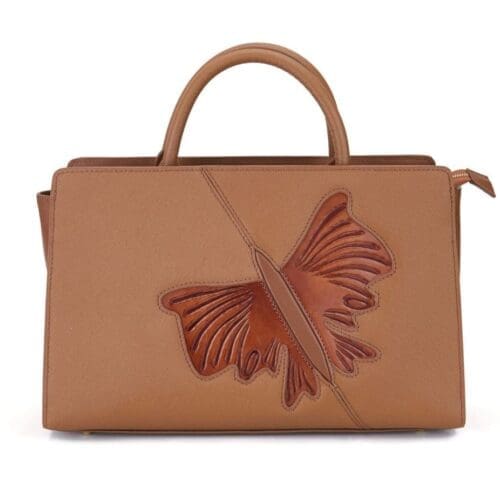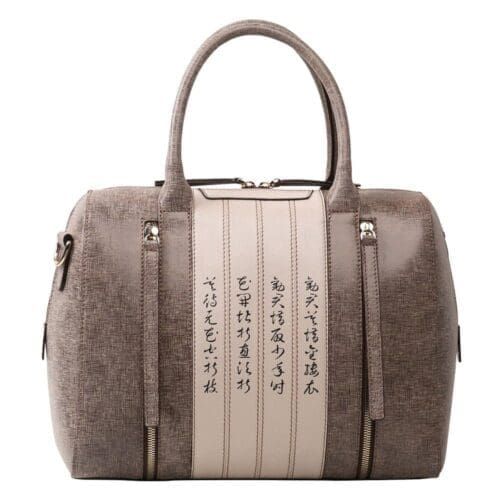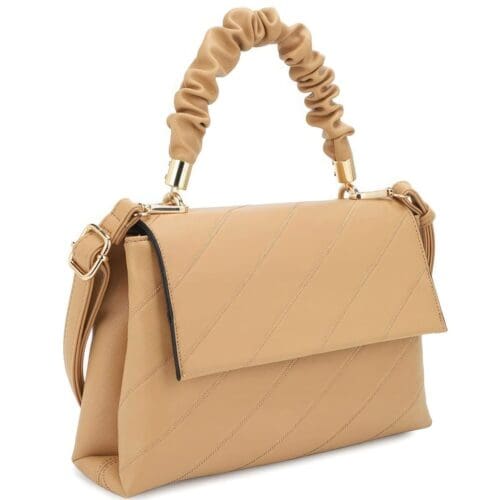Handbags
Why are Luxury Handbags a Thing of the Past?
Luxury handbags have long been regarded as the ultimate status symbol, embodying wealth, style, and exclusivity. However, recent trends suggest a shift in consumer preferences, signaling that these once-coveted accessories might be losing their allure. From sustainability concerns to economic changes, various factors are contributing to this decline in popularity. Let’s explore why luxury handbags are becoming a thing of the past.
Shift in Consumer Values Toward Sustainability
In recent years, there has been a significant shift in consumer values toward sustainability and environmental consciousness. People are more aware of the impact that fashion, particularly luxury goods, can have on the planet. The production of luxury handbags often involves substantial resource consumption and environmental harm. As a result, many consumers are turning away from these traditional symbols of affluence in favor of more sustainable options.
Brands that prioritize eco-friendly materials and ethical production processes are growing in popularity, drawing attention away from conventional luxury offerings.
Fanny Pack
Crossbody Bags
Crossbody Bags
Moreover, the rise of ethical consumerism has given birth to brands that focus on transparency and sustainability. These companies are resonating with a new generation of buyers who prioritize the planet’s well-being over owning a high-priced, status-inducing handbag. As awareness continues to spread, luxury handbag manufacturers face mounting pressure to adapt to these evolving values or risk becoming obsolete.
Consumers are now more educated about the origins of the products they purchase. They are demanding responsibility from brands and are less impressed by the allure of traditional luxury. This growing movement toward sustainability is reshaping the landscape of the fashion industry, with luxury handbags increasingly viewed as relics of a bygone era.
Rise of Minimalism and Practical Fashion Trends
The rise of minimalism is another factor contributing to the decline of luxury handbags. In a world where less is more, many consumers are seeking simplicity and functionality in their fashion choices. The trend toward minimalism emphasizes quality over quantity, favoring versatile, practical accessories that can be worn in various settings.
As a result, the impracticality and ostentation of luxury handbags can seem out of place in a minimalist wardrobe.
Practical fashion trends are emphasizing comfort and utility, steering away from the extravagant designs typical of luxury handbags. Consumers are opting for bags that are not only stylish but also functional, with features like ample storage and durability.
This shift has made high-end, logo-laden handbags less appealing to those who prioritize practicality in their everyday lives.
Additionally, the minimalist movement is about decluttering and reducing excess. Owning a collection of expensive handbags contradicts this ethos, as minimalists focus on just a few essential items that serve multiple purposes.
As more people embrace this lifestyle, the demand for luxury handbags diminishes, making room for simpler, more practical alternatives.
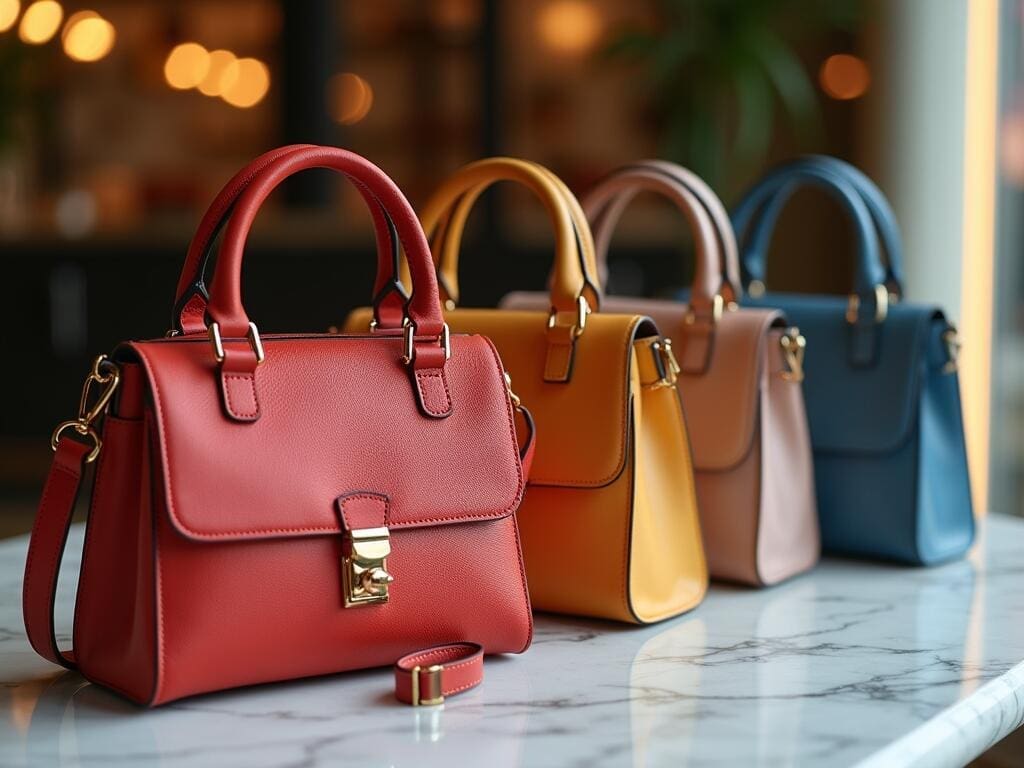
Impact of Economic Shifts on Luxury Spending
Economic shifts have a profound impact on luxury spending, influencing how people allocate their resources. During economic downturns or periods of financial uncertainty, discretionary spending often decreases, leading to a decline in luxury goods purchases.
As individuals become more cautious with their finances, high-priced items like luxury handbags are among the first to be reconsidered or avoided altogether.
Even outside of economic downturns, there is a growing trend of financial mindfulness. People are increasingly valuing experiences over possessions, choosing to invest in travel, education, or personal growth rather than material goods.
This change in spending habits reflects a broader cultural shift away from the conspicuous consumption that luxury handbags represent.
Furthermore, the global economic landscape is continually evolving, with emerging markets and changing demographics altering the traditional customer base for luxury goods. As these dynamics shift, brands must adapt to new consumer behaviors and preferences, which may not always align with the traditional appeal of luxury handbags.
Digital Disruption and Fast Fashion Alternatives
The digital age has brought about significant disruptions in the fashion industry, offering consumers an unprecedented level of choice and convenience. Online shopping platforms and social media have democratized fashion, making it easier for consumers to discover new brands and styles instantly.
As a result, fast fashion alternatives that mimic luxury trends at a fraction of the price have gained traction.
Fast fashion brands are quick to replicate runway styles, providing trendy and affordable options that appeal to a wide audience. This has eroded the exclusivity that luxury handbags once held, as anyone with an internet connection can now access similar styles.
The immediacy and accessibility of these alternatives make luxury handbags seem less attainable and desirable.
Moreover, digital platforms have fostered a culture of rapid trend cycles, where consumers are constantly searching for the next big thing. This has led to a decreased interest in investing in timeless, expensive pieces like luxury handbags, as the fashion landscape continues to evolve at a breakneck pace.
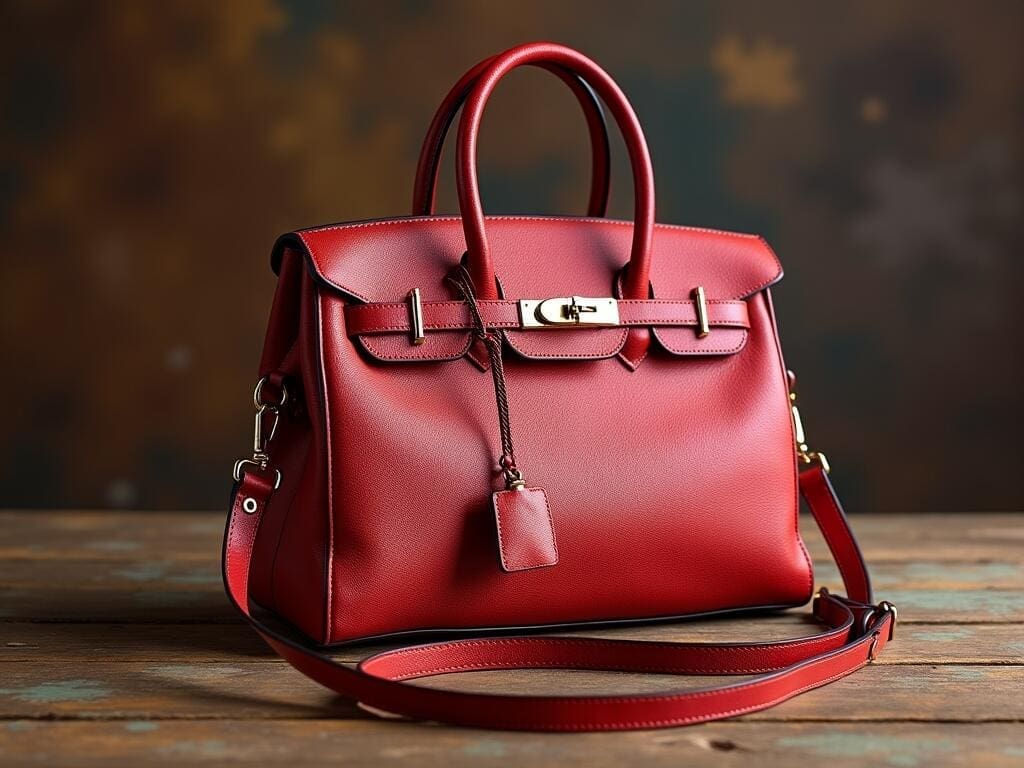
Changing Perceptions of Status Symbols in Society
The concept of status symbols is evolving, with society moving away from material displays of wealth. Younger generations, in particular, are redefining what it means to be successful, often placing greater value on experiences, personal fulfillment, and social impact.
The traditional allure of luxury handbags as a status symbol is waning as people seek more meaningful ways to express themselves.
Social media has played a significant role in this shift, as authenticity and individuality become more valued than ostentation. People are sharing their unique stories and experiences online, creating a culture that celebrates diversity and personal expression.
Luxury handbags, once a marker of success, are now seen by some as out of touch with the values of inclusivity and authenticity.
Additionally, the democratization of fashion through digital platforms has lessened the importance of owning luxury items to signal status. With access to a wide array of personal styles and brands, individuals can express their identity without relying on expensive accessories. This shift reflects a broader cultural change in how status is perceived and valued.
Growth of Resale Markets and Vintage Popularity
The growth of resale markets and the popularity of vintage fashion have further contributed to the decline of luxury handbags. Platforms like Depop, Poshmark, and The RealReal offer consumers the opportunity to buy and sell pre-owned items, including luxury goods, at a fraction of their original cost.
This trend has made it possible for individuals to access high-end fashion without the hefty price tag, diminishing the appeal of brand-new luxury handbags.
Vintage fashion, in particular, has experienced a resurgence. People are drawn to unique, one-of-a-kind pieces that carry history and character.
Vintage handbags offer an allure that mass-produced luxury items cannot match, appealing to those who value authenticity and individuality.
The rise of the circular economy, where goods are reused and recycled, aligns with the growing emphasis on sustainability. Consumers are increasingly seeking products that have a story and a reduced environmental footprint.
This trend is reshaping how people perceive luxury, favoring items with lasting value and cultural significance over brand-new, high-priced handbags.
Related Products
-
Bellorita – Black Crossbody Clutch – PX or PiXiu
Original price was: $359.00.$140.99Current price is: $140.99. -
Bellorita – Butterfly Blue Crossbody Bag
Original price was: $349.00.$200.99Current price is: $200.99. -
Bellorita – Butterfly Brown Crossbody Bag
Original price was: $419.00.$320.99Current price is: $320.99. -
Bellorita – Calligraphy Brown Satchel Crossbody Bag
Original price was: $419.00.$320.99Current price is: $320.99.
In conclusion, luxury handbags are becoming a thing of the past as consumer values shift toward sustainability, minimalism, and practicality. Economic factors, digital disruptions, and changing perceptions of status are all contributing to this evolution.
As the fashion landscape continues to evolve at a rapid pace, the once-dominant allure of luxury handbags appears to be gradually diminishing, giving way to a broader spectrum of accessories and personal styles that better align with the shifting tastes and values of modern consumers.
In previous decades, owning a designer handbag was often seen as the ultimate symbol of status, wealth, and elegance—an aspirational piece that signified success and social standing.
However, today’s fashion environment is characterized by a deeper yearning for authenticity, individuality, and meaningful self-expression, prompting many to look beyond traditional luxury items in search of accessories that genuinely reflect their unique personalities and beliefs.
This transformation is influenced by numerous factors, including a generational shift towards valuing sustainability and ethical production. Younger consumers, for instance, are increasingly drawn to brands that prioritize environmentally friendly practices and transparent supply chains.
As they become more conscious of the environmental impact of fast fashion and mass-produced luxury goods, they prefer to invest in items that are not only stylish but also ethically crafted and durable.
Additionally, there is a growing popularity of vintage, second-hand, and indie designer pieces, which allow individuals to showcase their distinct tastes while supporting more sustainable consumption.
Moreover, the democratization of fashion through social media platforms has revolutionized how people express their style. Influencers and everyday users alike are constantly sharing their unique looks, showcasing a mix of high, low, and experimental fashion choices that break away from traditional notions of luxury branding.
Related Products
-
Awesome Patterned Top-Handle – Crossbody Bag
Original price was: $80.00.$29.99Current price is: $29.99. -
Bellorita – Butterfly Blue Crossbody Bag
Original price was: $349.00.$200.99Current price is: $200.99. -
Bellorita – Butterfly Brown Crossbody Bag
Original price was: $419.00.$320.99Current price is: $320.99. -
Bellorita – Calligraphy Brown Satchel Crossbody Bag
Original price was: $419.00.$320.99Current price is: $320.99.
This digital landscape fosters a culture of individuality—where the narrative around fashion is no longer solely about owning luxurious items but about crafting a personal style that resonates deeply with one’s identity and values.
As a result, more consumers are embracing a diverse array of accessories like statement jewelry, handcrafted pieces, or innovative wearable technology, which serve as fresh symbols of personal identity.
Furthermore, the concept of luxury itself is expanding; it no longer solely pertains to high-price tags and exclusive brands. Instead, it encompasses experiences, craftsmanship, and stories behind the products.
Consumers now seek meaningful connections with the brands they support, valuing items that tell a story or align with their ethical beliefs.
This shift has led to a burgeoning appreciation for artisanal and locally made accessories, which offer a sense of authenticity and cultural richness.
In essence, as the allure of traditional luxury handbags continues to fade in favor of more meaningful and personal forms of style, contemporary consumers are increasingly expressing themselves through a diverse array of fashion choices that reflect their values, beliefs, and individuality.
This ongoing transformation highlights a broader movement within the fashion industry—one that celebrates authenticity, sustainability, and creativity—ultimately creating a more inclusive and dynamic landscape that resonates more profoundly with today’s diverse and conscious audience.
